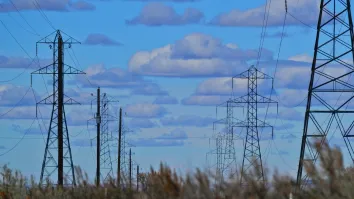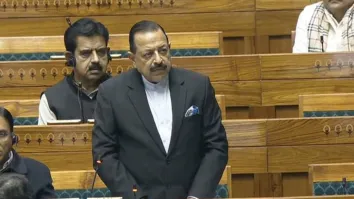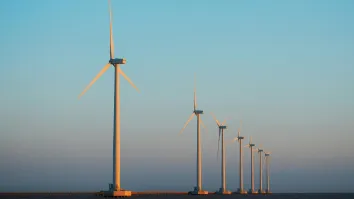
India could overachieve its Paris Agreement goals by 60%
CEA estimates that growth in new installed power capacity will lead renewables to generate close to 44% of the country’s energy mix.
India is projected to overachieve its Paris Agreement targets by 60% thanks to projections that it will likely obtain 63% of its installed power capacity from non-fossil fuel sources including hydro by 2029-2030, a report by the Institute for Energy Economics and Financial Analysis (IEEFA) revealed.
India’s Central Electricity Authority (CEA) reported estimates that growth in new installed power capacity will lead renewables to generate close to 44% of all electricity consumed in India in 2029-2030. IEEFA noted that CEA’s analysis predicts moderate growth in increased coal capacity (from net end-of-life coal plant closures), whilst gas and biomass growth are expected to be negligible.
“The CEA makes a base forecast for thermal power capacity of 291GW by 2030, a clear expansion from the 225GW operating as of March 2019. But the CEA’s bullish conclusion is that thermal capacity will drop from 64% to just 35% of total installed capacity in only 11 years,” Vihbuti Garg, an energy economist for IEEFA, said.
Garg added that the CEA models also take into account that India will need 34GW/136GWh of battery energy storage systems (BESS) by 2030 to balance the grid reliability and stability needs of 440GW of variable renewable energy capacity, supported by 73GW of hydro and 10GW of biomass.
“In view of the rate of technology change and cost deflation in batteries, this ambitious forecast could prove to be prescient,” he said, adding that the CEA’s optimal capacity generation mix estimates are based on projected demand obtained through India’s 19th Electricity Power Survey (EPS). The projections are adjusted to include estimated contributions from solar rooftop generation.
Garg highlighted that clean energy can help achieve India’s twin objectives of strong economic growth and sustainability. “India dominates the list of countries with the most polluted cities on earth. As per World Bank estimates, air pollution costs are equivalent to 8.5% of GDP. India is also facing extreme and growing water shortages in major cities,” Garg explained.
He added that the momentum to build more renewable energy capacity should not only be reflected at the central planning level, but also integrated and coordinated with the plans of state governments. India is making huge strides, with 13GW of solar projects tendered in June 2019 alone. Gujarat is said to be a front runner, with the state announcing plans to increase power generation capacity from renewable sources to 30GW in the next three years.
However, IEEFA noted that in order to build energy security and incorporate an ever-increasing share of zero pollution and deflationary renewable energy, planners need to prioritise expansion of quality interstate grid transmission. This could include the adoption of grid-scale energy storage technologies, which is critical for large-scale integration of renewable energy sources.
“India needs to invest its technical and financial resources to create energy storage capacity, that will enable it to absorb more renewable energy into the power system into the foreseeable future,” Garg said. “Renewable energy will further aid in addressing the issue of air pollution and water stress, as well as help mitigate India’s chronic over-reliance on fossil fuel imports, which cause inflation and erode the value of the rupee.”



















 Advertise
Advertise






